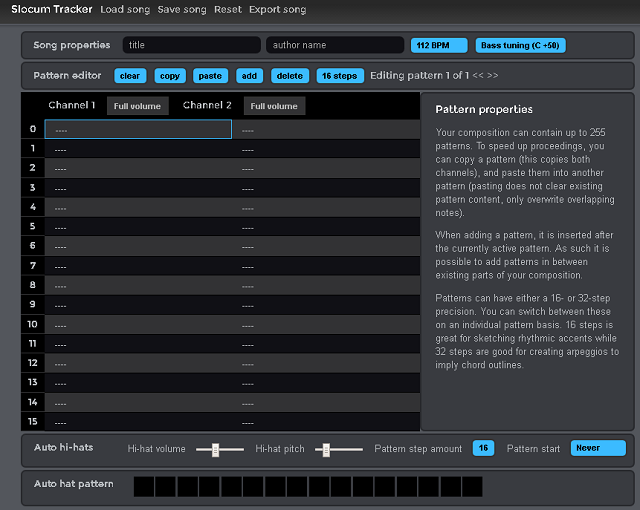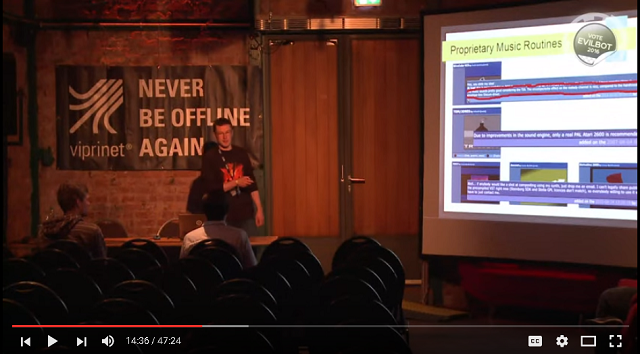According to lft, there are three approaches for creating music on the Atari VCS
- Stick to the very few matching notes or
- Alternate quickly between the very few matching notes, or
- Ignore the problem.
Since creating music on the Atari VCS nowadays also requires coding skills, the solution is often option 3. But a few weeks ago, a miracle occurred, and suddenly, even two trackers for the Atari VCS were released.
- TIATracker by Kylearan - a Qt-based desktop program that comes with a powerful player that supports self-defined instruments and envelopes

- Slocum Tracker by igorski81 - a browser-based web application that creates output for the most widely used Paul Slocum Sequencer Kit

You can also find more VCS trackers on the battleofthebits.org site. Both new trackers are very interesting and promising projects and are already usable. So get your hands on them, provide feedback to the authors, and get something done for Sillyventure. In addition, Kylearan held an excellent seminar about music and trackers for the VCS at Revision:
"The state of the Atari VCS 2600 music scene is very underdeveloped, despite the fact that it is one of the oldest platforms actively used in the demoscene. In addition to the severe and weird limitations of the hardware itself, there's also a dramatic shortage of tools accessible to musicians. As a consequence, music is hard to come by for a coder, and musical styles are often more uniform and limited than they need to be. In an attempt to improve this situation, we present TIATracker: A new sound routine for the VCS and an accompanying tracker for the PC which tries to support both musicians and coders in dealing with the specific limitations of the platform. This talk will start with a brief recap of the audio capabilities of the VCS. Then, an overview of existing audio routines and tools, both publicly available and proprietary, is provided. This is followed by a discussion and some statistics about how all this might have influenced the culture and quality of music on the VCS. Finally, TIATracker is introduced. It brings ADSR envelopes, variable pattern lengths individual to each channel, funktempo and more to the VCS, and its PC user interface targets non-coder, non-VCS musicians with tools like pitch guides, combined waveform instruments and overlay percussions."
